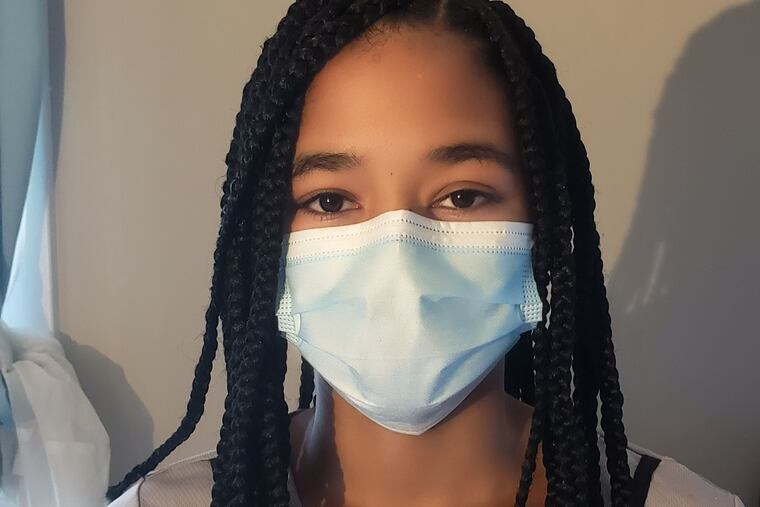A day in the life of a Philadelphia-area contact tracer | 5 Questions
We’re here to help. The information is confidential, and we’re not judging anyone. We just want to make sure everyone can enjoy their lifestyle as safely as they can.

We’re here to help. The information is confidential, and we’re not judging anyone. We just want to make sure everyone can enjoy their lifestyle as safely as they can.
